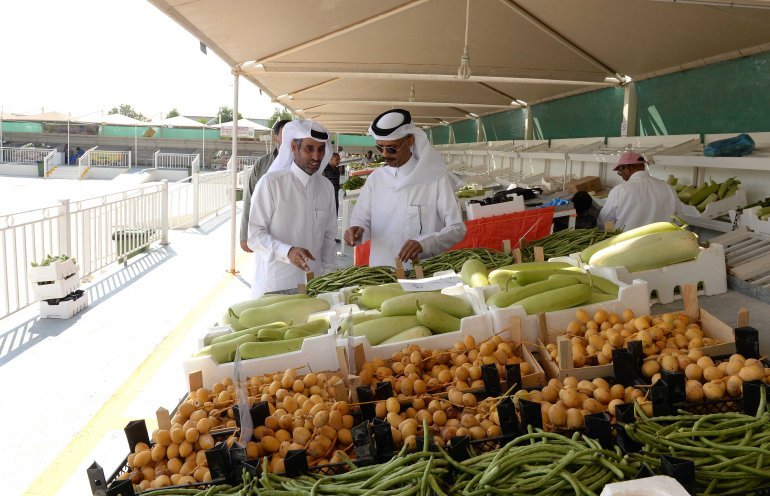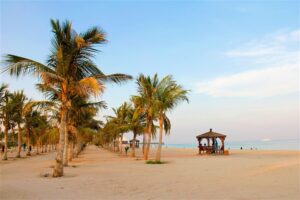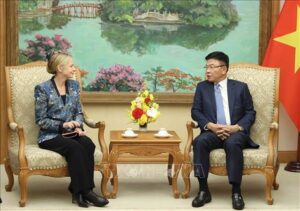Qatar agricultural market to reach over $200m by 2028

Doha, The Gulf Observer: The agricultural sector of Qatar has expanded as the country has made tremendous efforts by adopting sustainable and smart agricultural techniques which aim to enhance food security. Qatar’s agriculture market is projected to reach more than $200m in 2028, said an expert.
The Ministry of Municipality organised ‘3rd Recycling Towards Sustainability Conference & Exhibition’ which highlighted waste management, recycling, and sustainability. Fatima Ghassan Alabtah, Postdoctoral Research Associate, Texas A&M University at Qatar, shed light on research related to the growth in the agricultural market size in Qatar.
Addressing the session entitled ‘Sustainable Bio-Composites for Engineering Applications from Renewable Plant Resources: Opportunities and Challenges in Qatar, she said, “Qatar’s climate is characterised by low rainfall and high temperatures. Despite these challenges, the country has made tremendous efforts over the past few years by adopting sustainable and smart agriculture techniques, towards achieving food security and self-reliance.”
“Qatar achieved several of the goals of its food security policy in 2021 as local vegetable output increased from roughly 66,000 metric tonnes to over 103,000 metric tonnes, resulting in a 70 percent self-sufficiency rate in 2023. Qatar’s agriculture market was valued at $143.55m in 2020 and is projected to reach $209.97m in 2028, growing at a compound annual growth rate (CAGR) of 4.87 percent from 2021 to 2028,” she added.
The expert further explained, as a result of agricultural growth, agricultural and bio-waste generation has increased where biowaste includes crop residues such as corn husk and agricultural residues such as stalks and leaves.
Speaking about agricultural waste, she noted that these wastes are typically burned or disposed of in landfills, leading to environmental pollution and degradation. Biowaste can be transformed into valuable resources and high-value products by extracting the fibres and using them in the fabrication of polymer composite components.
Elaborating on the challenges, she noted that despite all the advantages there are challenges and barriers for the development of bio-composites. The main drawback is the inconsistency of natural fibres’ properties.
“We have found out that the properties vary from one harvesting season to another or even from one plant to another. The second drawback is the high sensitivity where the hydrophilic nature of natural fibres leads to their low microbial resistance. Also, we have poor fiber-matrix bonding and low thermal stability.”
The objectives of our research are to develop novel and innovative concepts to utilise biowaste in useful and high-value engineering products, Alabtah said.
She added, to create a database for all types of Qatari Lignocellulosic natural fibers by exploring their characteristics properties, and behaviour which may open a new direction in diverse applications.
“We will also investigate the feasibility of extracting fibres from the local lignocellulosic plants in Qatar, particularly date palm, tomato, eggplant, and corn biomass and study the effect of different chemical treatments of fibres on the interfacial properties and bond strength between the fibres and the matrix. Also, to determine optimum preparation conditions and characteristics of the biocomposites including chemical, mechanical, and surface characterisation,” Alabtah said.


